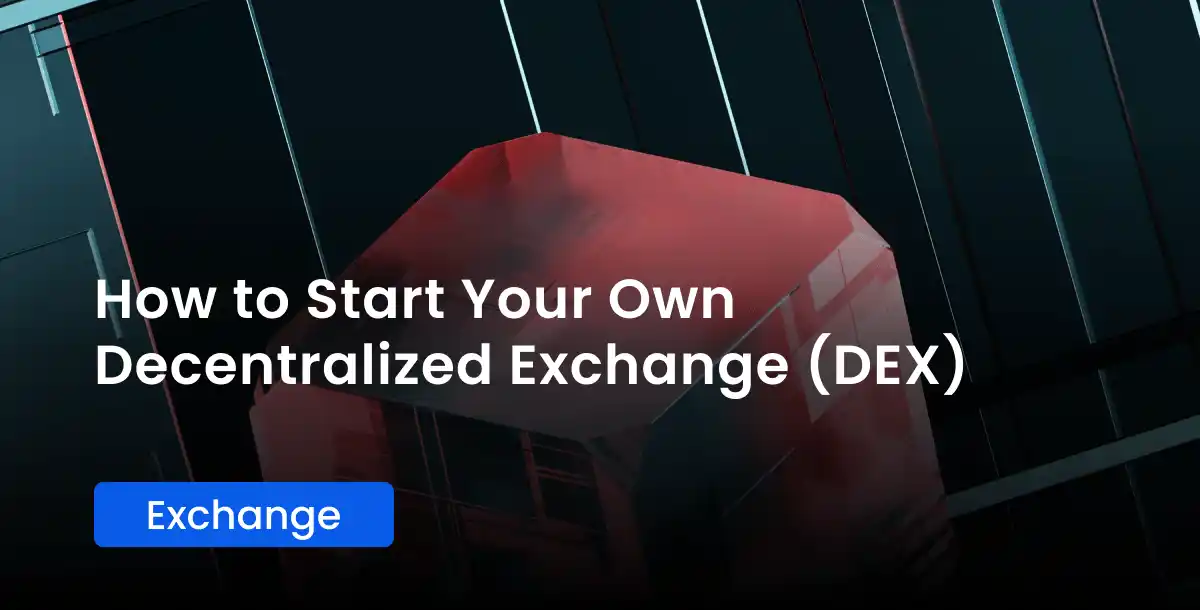
Decentralized Exchanges (DEX) are cryptocurrency trading platforms built on blockchain networks. They offer advantages such as decentralization, high security, and low transaction fees, making them increasingly popular in the fintech space. For those with some blockchain experience, you can start with the following :
1. Define Your Vision and Target Users
Start by solidifying your vision. Who are you building this DEX for? Will it cater to everyday investors, large institutions, or developers? This choice will heavily influence the features and design of your platform. For example, a DEX for beginners might support fewer cryptocurrencies but offer a simpler interface.
2. Choose the Right Blockchain Platform
The blockchain platform forms the foundation of your DEX. Consider factors like security, transaction speed and cost, and available tools. Popular options include Ethereum, Binance Smart Chain, and Solana. Each offers distinct advantages. Ethereum, for instance, is known for its established community and developer resources, making it a good choice for beginners.
3. Develop and Deploy Secure Smart Contracts
Smart contracts are the backbone of a DEX, handling transaction logic. They must be flawless - any vulnerabilities could be exploited and damage the exchange's reputation. Rigorous testing and audits are essential to ensure their security and reliability. Remember, a successful DEX might handle thousands of transactions daily, so robust and efficient smart contracts are crucial.
4. Design a User-Friendly Interface
The user interface (UI) is your users' gateway to your DEX. Make it intuitive and easy to navigate, considering the needs of your target audience, their trading habits, and how your DEX stands out from competitors. A seamless connection between the UI and the smart contracts is vital for a smooth user experience.
5. Don't Forget Liquidity Management
Liquidity is the lifeblood of any exchange. Deep liquidity pools ensure efficient trade matching and lower costs. Develop strategies to attract liquidity providers. This could involve offering incentives like liquidity mining, fee sharing, or interest earned on deposited funds. Collaborating with established liquidity providers can also be beneficial.
6. Expand Functionality and User Value
Go beyond basic trading by integrating additional features like launchpads for new crypto projects, staking options, liquidity provider (LP) pools, and Initial DEX Offerings (IDOs). These features enhance the user experience and make your DEX more attractive.
7. Rigorous Testing, Launch, and User Education
Before launching, thoroughly test your DEX on a test network to identify and fix any bugs. After launch, continue monitoring performance, user feedback, and system stability. Effective marketing and user education are crucial for attracting and retaining users. This might involve creating educational materials and promoting your DEX through various channels.
Bonus Tip: Building Your Team
Building a DEX requires specialized skills. Consider assembling a team with expertise in blockchain development, security, legal matters, and marketing.
The Fast Track: ChainUp DEX System
The fast-paced nature of the crypto world demands quick decisions and execution. To save time, consider using the ChainUp DEX system, which allows for rapid deployment and access to the blockchain market.
For further exploration about decentralized exchange you can visit How Dexs are shaping a Decentralized World